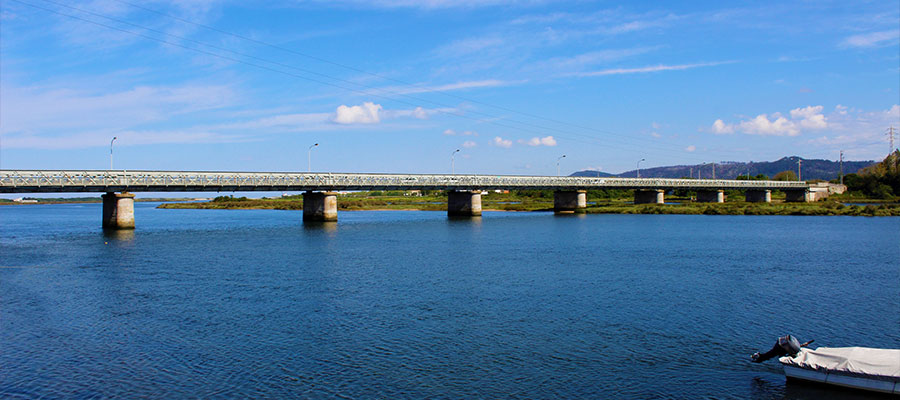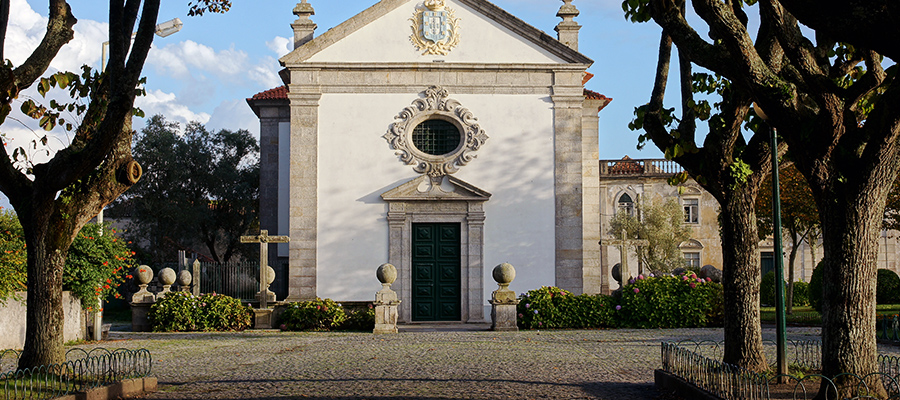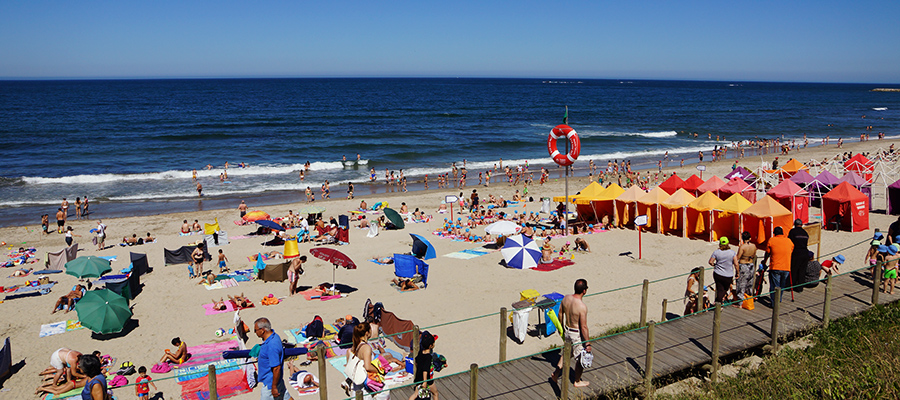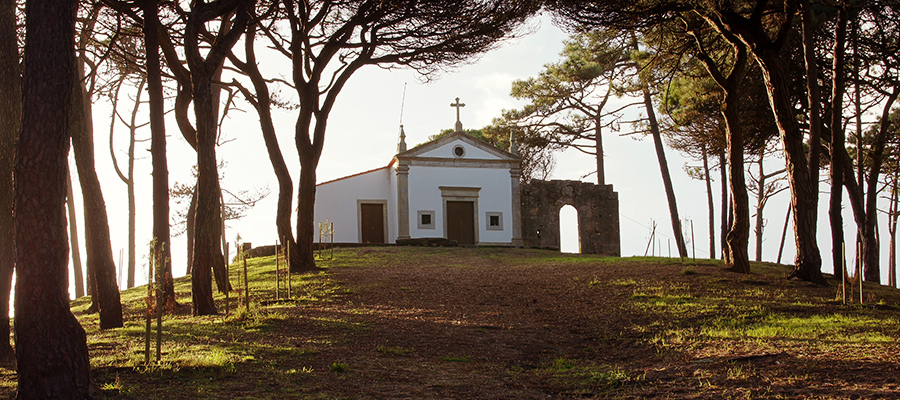Fão and Ofir
The history of Fão reflects, on the one hand, a time when shipbuilding and discoveries marked the history of our country and, on the other hand, the Brazilian taste of the rich returned emigrants.
Connecting the royal road, over the Cávado, in the villages of Fão and Gandra, there is a beautiful iron construction, measuring 267 metres, by the engineer Reynaud, whose project was designed by Abel Maria da Mota, in 1891.

Anchored about 15m in the river Cávado are the 7 masonry pillars that support the 8 sections of the deck, each one with about 38m. Initially the deck was made of wood and with the increase in traffic it had to be reinforced and its structure changed to more resistant materials.
It was so named in 1892 in honour of the first-born son of King D. Carlos and Queen D. Amélia.
It is the only existing monument of the iron architecture and is classified as Property of Public Interest since 3/01/1986.
The Church of Bom Jesus de Fão, is a building of the early 18th century, as well shows its style, typical of the pilgrimage sanctuaries.

The Church of Misericórdia is a Renaissance temple that dates back to the late 16th century. Enjoy the moment and visit the Museum of Sacred Art of the Church of Misericórdia nearby.
The Ofir beach is a beauty! The sand is very thin, the sun exposure could not be better, the dunes are an invitation for long walks.

And the Ofir pine forest does not disappoint either!
Large pine trees give a welcome shade during the hot peak hours, and the gentle wavy form of the dunes form a pine forest that, without being monotonous, invites tranquility.
The Torch of Nossa Senhora da Bonança is a 16th century building, built in freestone.
Next to it, is the Chapel of Senhora da Bonança where the seamen came to ask protection for their fishing activity and sea travel.

